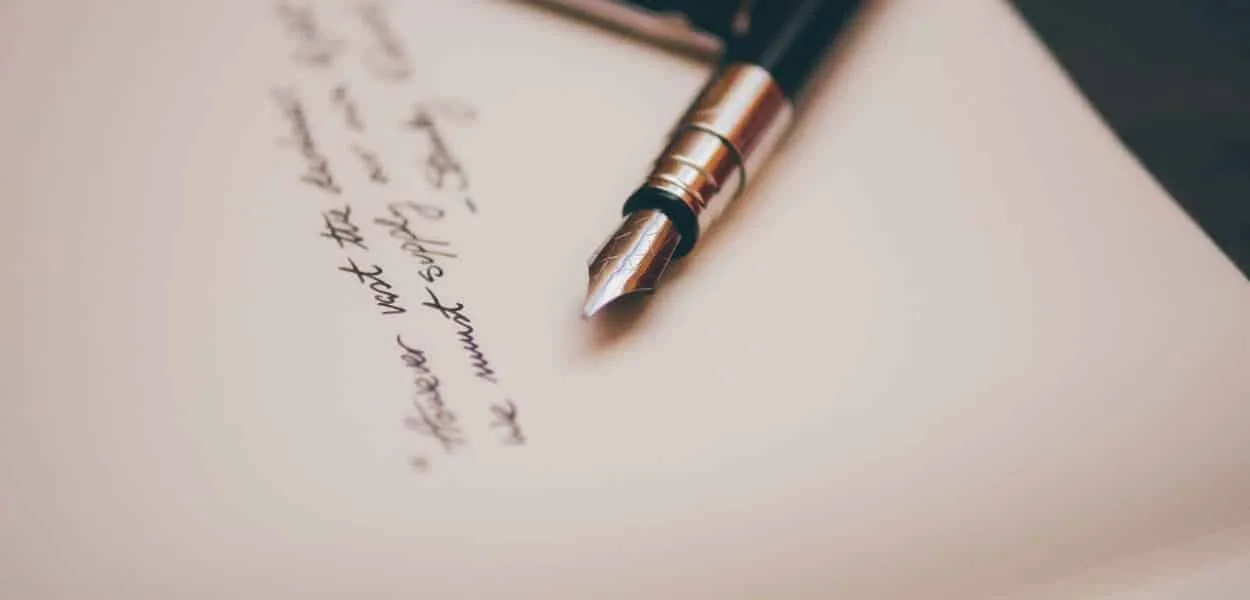In the competitive world of job applications, a well-crafted cover letter can be your golden ticket to landing an interview. It serves as your first impression, providing an opportunity to showcase your personality, skills, and enthusiasm for the role. This comprehensive guide will walk you through the essential steps of cover letter writing, ensuring you create a document that captivates hiring managers and sets you apart from the competition. By following these expert tips, you will be well on your way to securing your dream job.
Understanding the Importance of a Cover Letter
A cover letter is more than just a formality; it’s a powerful tool that can significantly increase your chances of getting hired. It allows you to personalize your application and demonstrate why you are the perfect fit for the specific position and the company. This section will delve into the critical reasons why a cover letter is an indispensable part of your job application strategy.
Why a Cover Letter Matters
A compelling cover letter provides context to your resume. While your resume lists your skills and experiences, the cover letter allows you to weave them into a narrative that highlights your suitability for the role. It shows that you’ve taken the time to understand the company’s needs and that you’re genuinely interested in the position. Without a cover letter, your application might lack the personal touch needed to make a lasting impression. Many employers now consider cover letters to be a mandatory part of the application process.
What a Cover Letter Achieves

A well-written cover letter achieves several key objectives. First, it introduces you to the hiring manager, providing a snapshot of your professional background and career aspirations. Second, it demonstrates your understanding of the company and the specific role. Third, it allows you to showcase your unique skills and experiences, emphasizing how they align with the job requirements. Finally, it expresses your enthusiasm and passion for the opportunity, leaving a positive and memorable impression. This introduction gives recruiters a strong positive impression about you.
Key Components of a Cover Letter
A cover letter is structured into several essential components, each playing a crucial role in its overall effectiveness. From the contact information to the closing paragraph, every section must be carefully crafted to create a cohesive and persuasive narrative. Understanding the purpose of each component and how they work together will help you create a cover letter that stands out. Consider these elements to create a winning cover letter.
Contact Information and Date
Begin your cover letter with your contact information, including your full name, address, phone number, and email address. Place this information at the top left or right corner of the document. Include the date below your contact information, aligning it to the left or right, matching your contact info. This section ensures that the hiring manager can easily reach you. Include the date of the submission to give the recruiter the needed information.
The Salutation
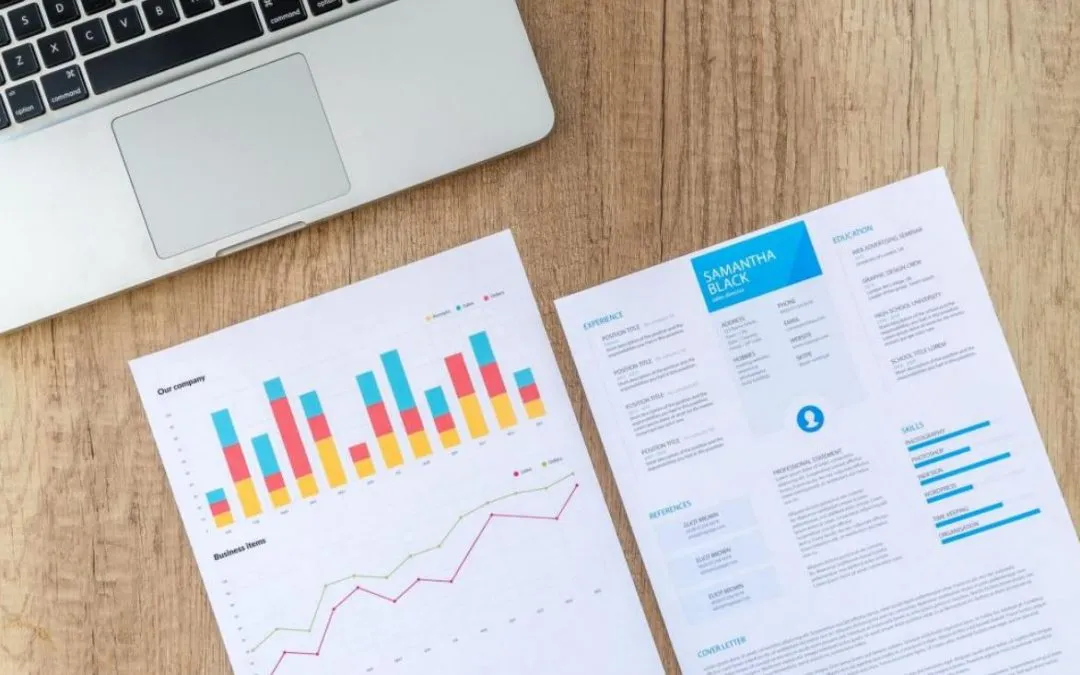
Address the hiring manager directly whenever possible. Research the hiring manager’s name and use it in your salutation (e.g., “Dear Mr. Smith”). If you cannot find a specific name, use a professional greeting like “Dear Hiring Manager” or “Dear [Company Name] Team.” Avoid generic salutations such as “To Whom It May Concern,” as they can make your letter seem impersonal and less engaging. It’s crucial to show you’ve taken the time to personalize your application.
The Opening Paragraph
The opening paragraph is your chance to grab the reader’s attention. Start by stating the position you are applying for and where you found the job posting. Then, briefly introduce yourself and highlight your most relevant skills or experiences. Show enthusiasm and make it clear why you are interested in the role and the company. A strong opening paragraph sets the tone for the rest of your letter and encourages the hiring manager to continue reading. Always make it clear that you would be a good fit for the position.
Highlighting Your Skills and Experiences
The body of your cover letter should provide detailed examples of your skills and experiences. Focus on the qualifications that align with the job description. Use specific examples to demonstrate your abilities and accomplishments. This is where you convince the hiring manager that you are the right candidate for the job. Use the job description to your advantage and include the key skills they are looking for.
Tailoring to the Job Description
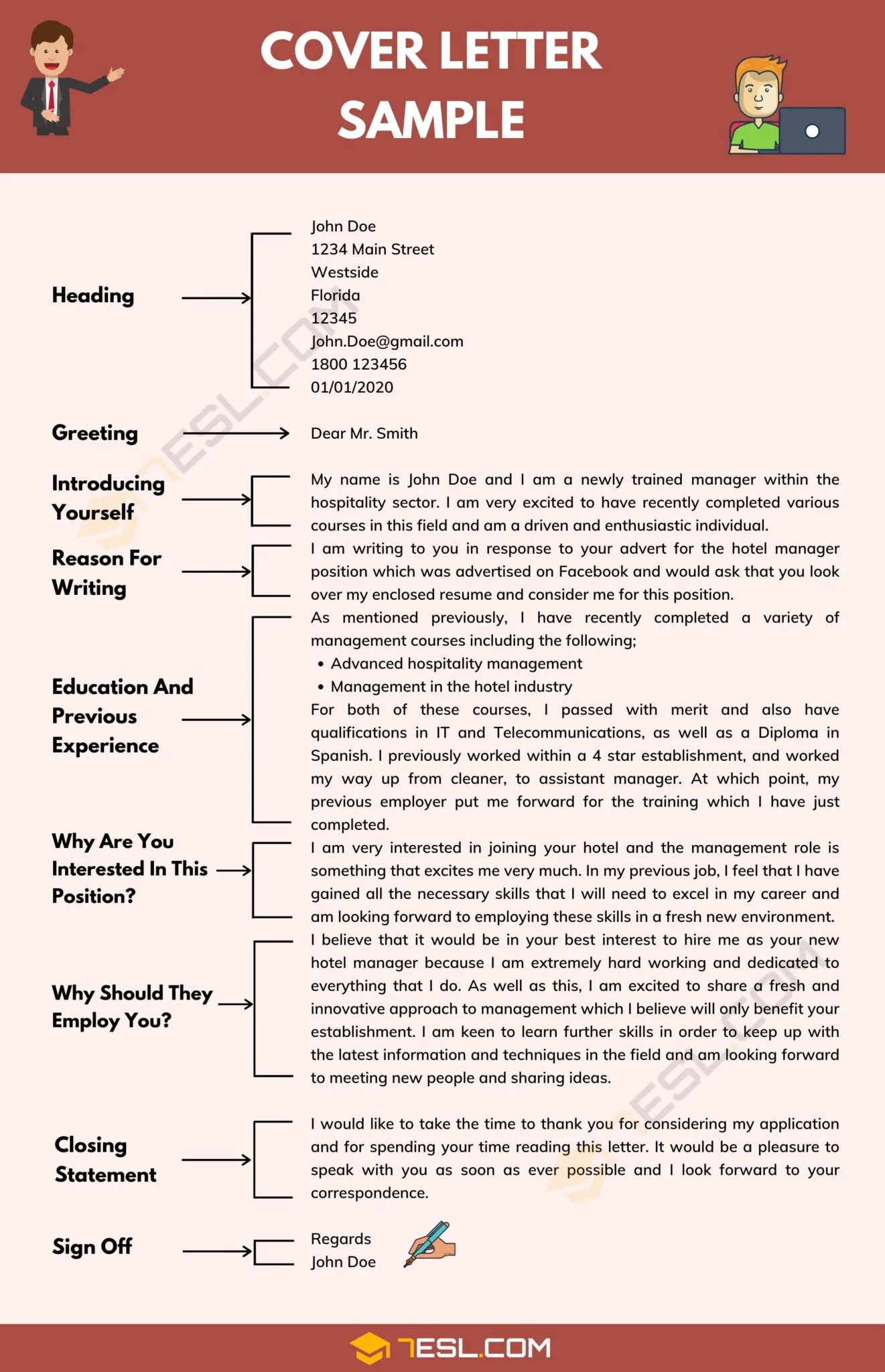
Carefully review the job description and identify the key requirements and desired skills. Tailor your cover letter to address each of these points. Use the same keywords and phrases from the job description to show that you understand what the employer is looking for. This tailored approach demonstrates that you have the necessary skills and that you have taken the time to understand the position. A personalized cover letter shows that you care enough to apply for this role.
Quantifying Achievements
Whenever possible, quantify your achievements with numbers and data. For example, instead of saying “Improved customer satisfaction,” say “Improved customer satisfaction by 15% through implementing a new feedback system.” Using quantifiable results makes your accomplishments more impactful and demonstrates the value you can bring to the company. Include specific figures whenever you can to give the recruiter a better idea of your accomplishments.
Demonstrating Company Knowledge
Show that you have researched the company by mentioning specific projects, initiatives, or values that resonate with you. This demonstrates your genuine interest and understanding of the company’s mission. Research the company’s website, social media, and recent news articles to gain insights. Referencing specific details about the company demonstrates that you have done your homework and are invested in their success. Show you are interested and what you know.
Expressing Enthusiasm and Fit
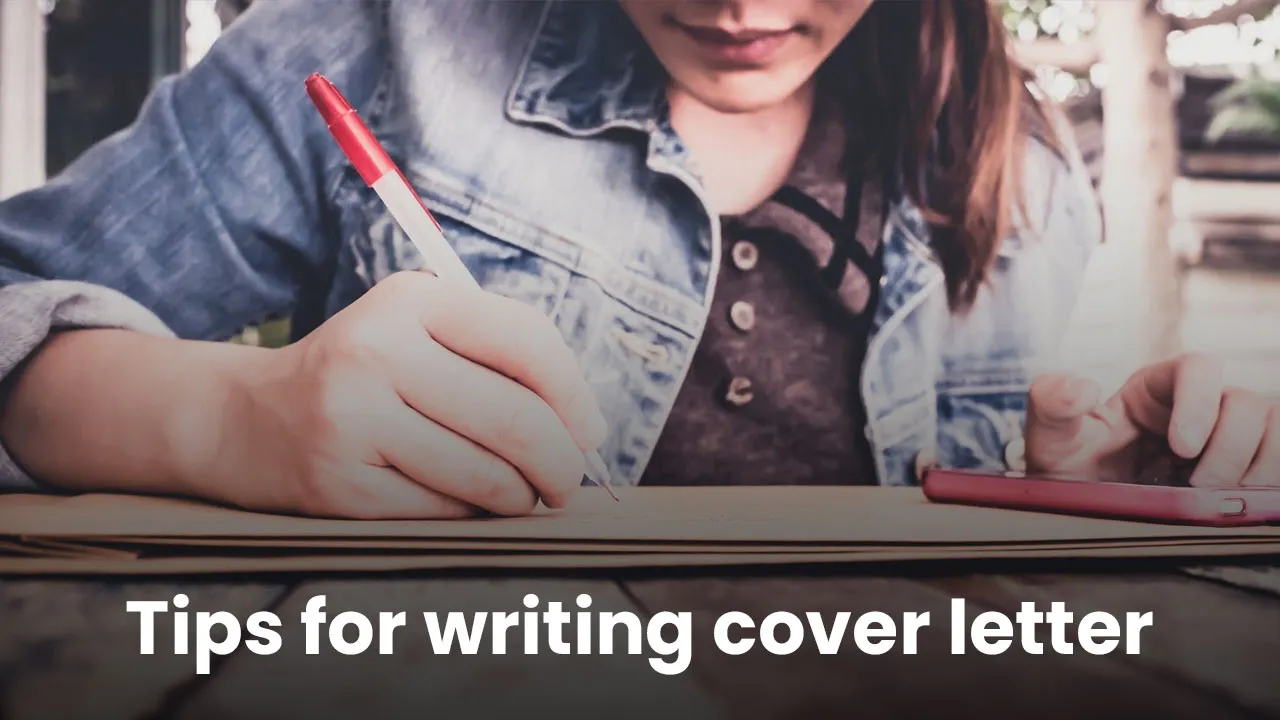
Throughout your cover letter, express your enthusiasm for the position and the company. Explain why you are excited about the opportunity and how your skills and experiences align with their needs. Highlight your interest in the company’s mission, values, or culture. Showing genuine excitement can make a lasting impression. Let your personality shine through your writing. This is your opportunity to stand out from the crowd.
The Closing Paragraph and Call to Action
In your closing paragraph, reiterate your interest in the position and thank the hiring manager for their time and consideration. Include a clear call to action, such as inviting them to contact you for an interview. Express your eagerness to discuss your qualifications further. End on a positive note, and always proofread the entire letter before submitting it. A strong conclusion leaves a positive impression.
Formatting and Presentation
The formatting and presentation of your cover letter are just as important as the content. A well-formatted letter is easy to read and reflects your professionalism. Here’s how to ensure your cover letter looks polished and professional. It is important to make a good impression with your cover letter. Clean formatting makes it easy to read and follow, and is essential for success. Make sure your formatting is consistent across the entire document.
Font and Readability
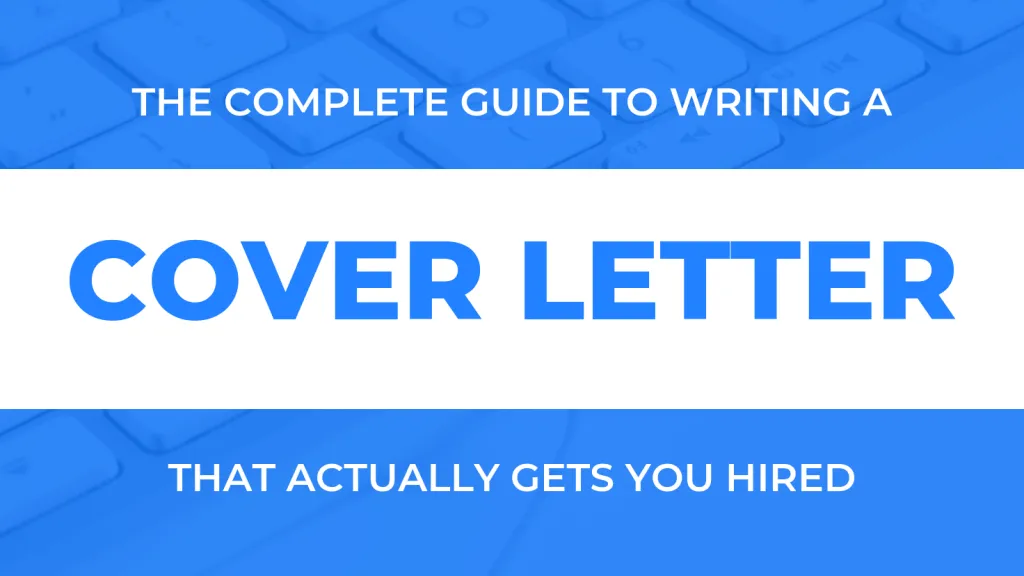
Choose a professional and easy-to-read font, such as Times New Roman, Arial, or Calibri. Use a font size between 10 and 12 points. Ensure your text is well-spaced and has sufficient margins (1 inch is standard) to avoid a cluttered appearance. Consistent font choice and spacing enhance readability. These tips ensure that your cover letter is easy on the eyes. Make the recruiter’s job easy by using professional, clean, and consistent formatting.
Length and Structure
Keep your cover letter concise and to the point. Aim for one page, or at most, one and a half pages. Use clear paragraphs and bullet points to break up the text and make it easier to read. A well-structured cover letter is more likely to be read in its entirety. Use white space to your advantage. Make sure the information is presented in an easy-to-follow format. Use bullet points and short paragraphs to provide clear information.
Proofreading and Editing
Proofread your cover letter multiple times for any typos, grammatical errors, or inconsistencies. Have a friend or family member review it as well, as a fresh pair of eyes can often catch mistakes you might miss. Ensure that your letter is free of errors. Proofreading is essential. Careful proofreading helps you present a professional image. Take the time to make sure that everything is accurate, clear, and concise. Proofreading is the final touch that will help you stand out.
Common Cover Letter Mistakes to Avoid

Avoiding common cover letter mistakes is critical to making a positive impression. These mistakes can undermine your application and reduce your chances of getting an interview. Paying attention to these potential pitfalls will significantly improve your cover letter and your job application prospects. Knowing what to avoid will help you craft a more compelling cover letter. Avoiding these common mistakes will help you stand out for the right reasons.
Generic Content
Avoid using generic cover letters that could be sent to any company. Tailor your letter to each specific job and company. Generic content shows a lack of interest and effort. Customize your letter to reflect your genuine interest in the specific role and organization. Be specific to the role and company to ensure the best results. Make it clear that you are applying to a specific job, and that you are a good fit.
Typos and Grammatical Errors
Typos and grammatical errors can damage your credibility and make you appear unprofessional. Always proofread your cover letter carefully. Use grammar and spell-checking tools. Ask someone else to review it for you. Errors can create a bad first impression. Avoid mistakes to improve your chances. Always be sure to proofread your document. Ensure your content is accurate.
Focusing on Yourself Excessively
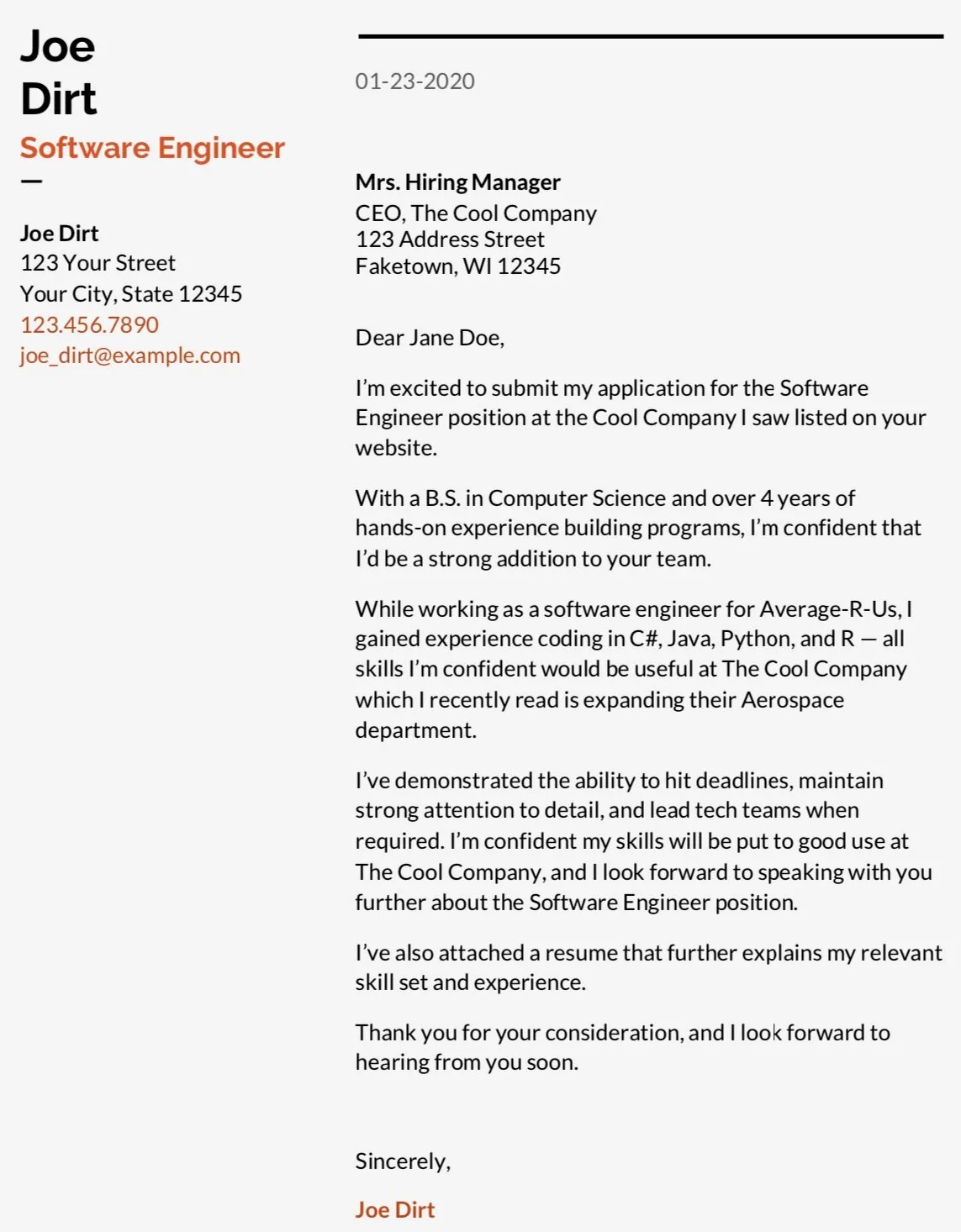
While you need to highlight your skills and experiences, avoid making your cover letter all about you. Focus on how your skills and experiences align with the needs of the employer. Show how you can contribute to the company’s goals. Demonstrate that you understand the job requirements and the company’s needs. Focus on the needs of the employer to show you care about their needs and would be a good fit.
Ignoring the Job Description
Do not ignore the job description. It is your roadmap. Make sure your cover letter addresses all the key requirements and keywords mentioned in the job posting. Failing to do so can result in your application being overlooked. The job description provides the guidelines to a winning application. Use the job description as your guide.
Finalizing and Submitting Your Cover Letter
Before submitting your cover letter, review it one last time for clarity, accuracy, and professionalism. Ensure that it is tailored to the specific job and company. Save your cover letter in a professional format (e.g., PDF) to maintain the formatting. Double-check the application instructions and ensure you submit your cover letter correctly. A polished and well-submitted cover letter shows your attention to detail and increases your chances of success. Make a great final impression. Check your formatting, and make sure all your information is correct before submitting.
Writing a compelling cover letter is an essential skill for any job seeker. By understanding the importance of a cover letter, knowing its key components, avoiding common mistakes, and following the tips outlined in this guide, you can create a document that grabs the attention of hiring managers and significantly increases your chances of landing an interview. Now go forth and write a cover letter that will get you hired!
